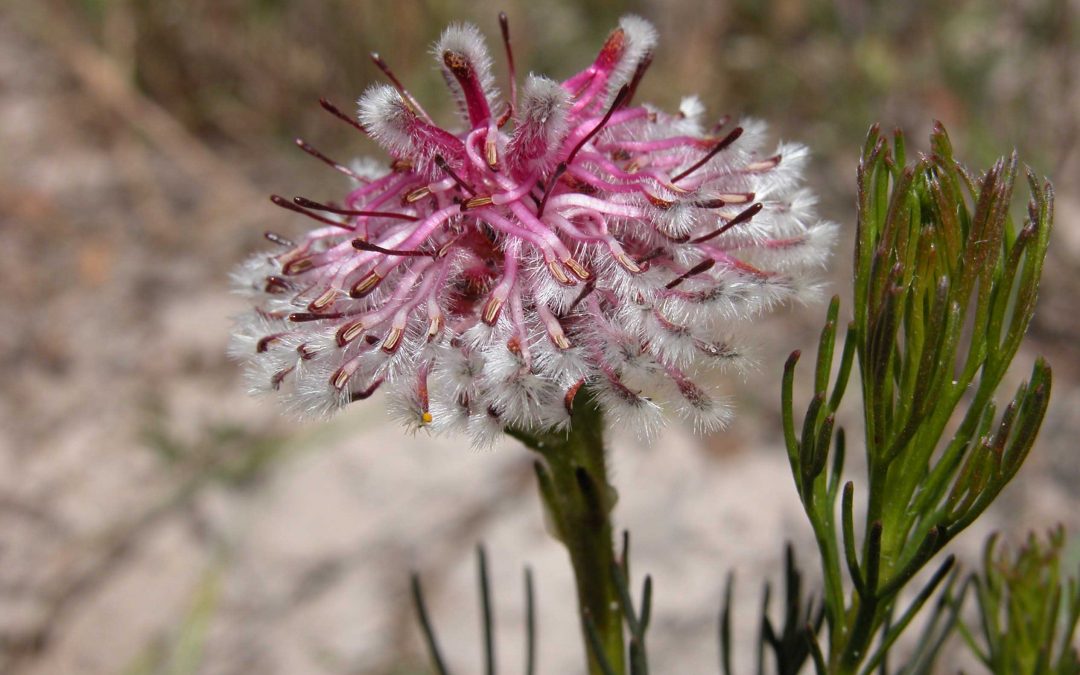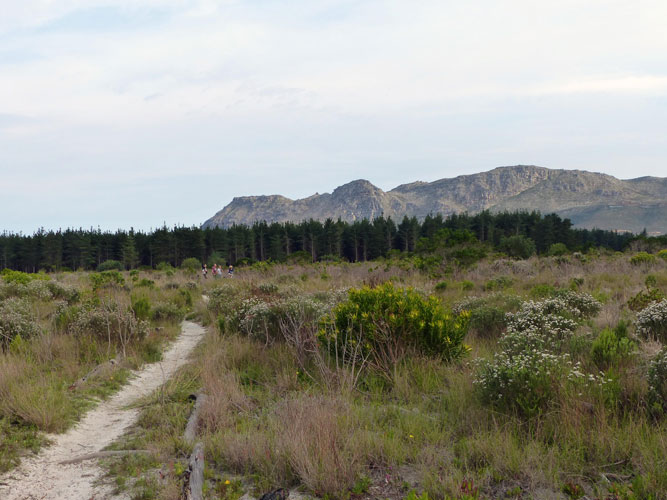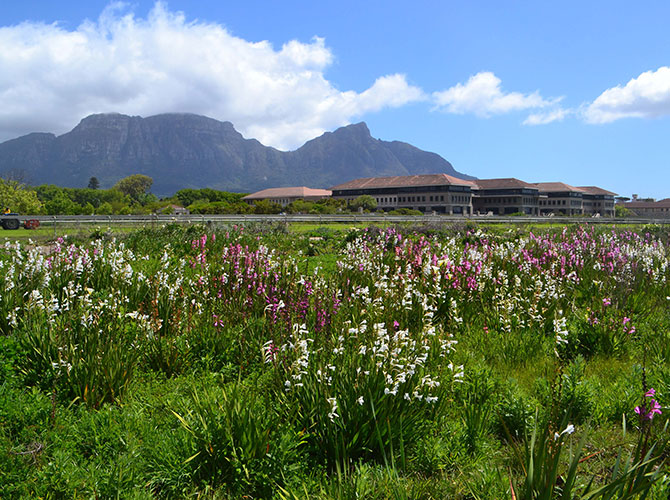
by Zoë Poulsen - Cape Town Botanist | Jan 10, 2018 | Botanic Gardens, Cape Flats Sand Fynbos, Cape Floristic Region, Cape Peninsula, Cederberg, Conservation, Ecology, Endangered Species, Ethnobotany, Fynbos, Hiking, Landscape History, Mountains, Plant Profiles, Pollination, Proteaceae, Proteas, Renosterveld
The genus Protea is one of the most well-known and charismatic of the Cape Floristic Region’s (CFR) Fynbos Biome. The King Protea (Protea cynaroides) is South Africa’s national flower. Proteas are exported as cut flowers all over the world, prized for their beauty, diversity and longevity. They are often depicted in artwork and are popular garden plants. Members of the genus are also known as sugarbushes.

by Zoë Poulsen - Cape Town Botanist | Nov 5, 2016 | Botanic Gardens, Cape Flats Sand Fynbos, Cape Floristic Region, Cape Peninsula, Conservation, Ecology, Endangered Species, Fynbos, Kirstenbosch, Plant Profiles
Have you ever wondered what it would be like to be the last in the world of your kind? There are many species who have experienced this fate in the hands of people. The most famous of these is Lonesome George, a giant tortoise of the Pinta subspecies from the Galapagos Islands. Despite the best efforts of conservationists, when Lonesome George died in 2012 at the age of approximately 102, the Pinta Island subspecies of giant tortoise died with him. I was lucky enough to meet Lonesome George at his last home at the Charles Darwin Research Centre during a stint of volunteering in the Galapagos Islands during my teens, and it is a memory that has stayed with me.

by Zoë Poulsen - Cape Town Botanist | Sep 6, 2016 | Cape Flats Sand Fynbos, Cape Floristic Region, Cape Peninsula, Conservation, Endangered Species, Fynbos
This week the normally quiet Cape Town suburb of Tokai has been the centre of attention. It has made front page news in the papers and social media has been buzzing. Placard waving protestors, their families and their dogs lined the side of Orpen Road with residents queuing to sign petitions. Tears have been shed and emotions have been running high.

by Zoë Poulsen - Cape Town Botanist | Nov 29, 2015 | Cape Flats Sand Fynbos, Cape Floristic Region, Cape Peninsula, Conservation, Ecology, Endangered Species, Fire, Fynbos, Geophytes, Landscape History
The City of Cape Town is one of South Africa’s largest urban areas. It is also one of the country’s greatest conservation challenges. The Cape Peninsula, at the south-western tip of the African continent, on which Cape Town has been built happens to be one of the world’s biodiversity hotspots. The Peninsula is home to a total of 2285 plant species, of which 7% are endemic and therefore occur nowhere else on earth.




